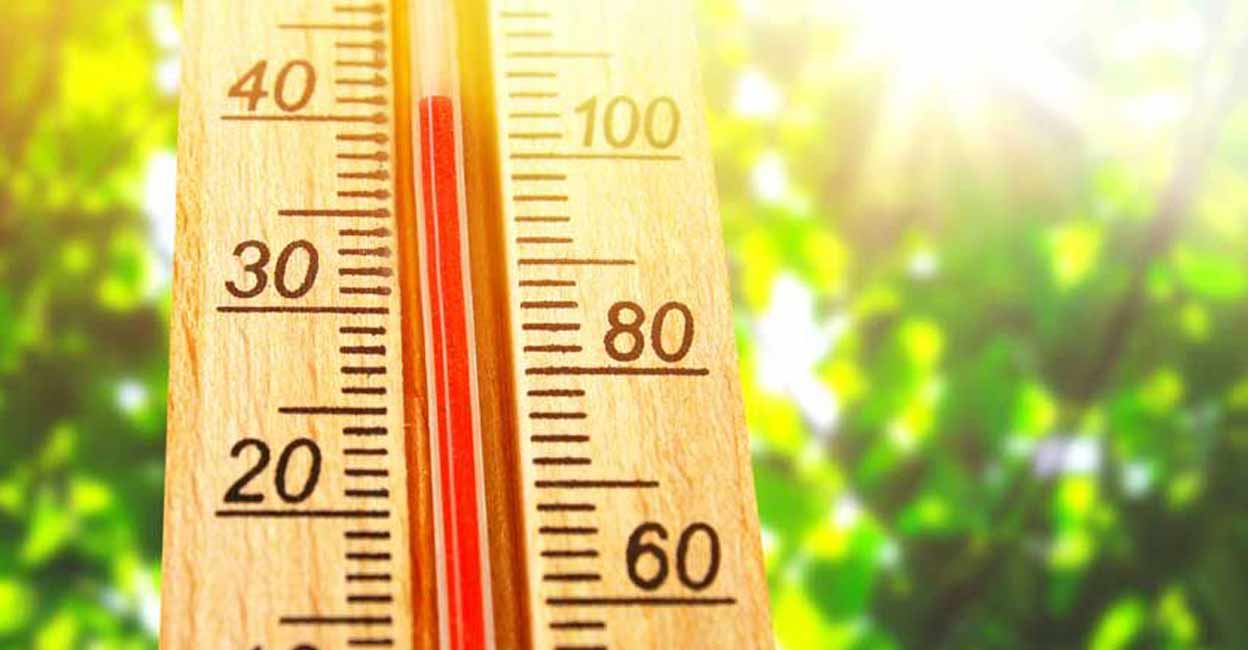Sea temperatures at El Nino levels, impact on crop output likely

Australia’s Bureau of Meteorology has said that sea surface temperatures across equatorial Pacific Ocean have warmed to El Nino threshold and are likely to rise further in the coming months. The formation of an El Nino is likely to impact production prospects of key crops, like wheat, corn, and oilseeds such as palm, soybeans, and might alter trade routes for their markets.
The Australian weather department in its latest forecast has stated that sea surface temperatures may rise to 3 degrees Celsius by October and 3.2 C by November. This is estimated to lead to 70% chances of an El Nino forming in 2023.
An El Nino event increases the tendency for wetter conditions in areas such as East Africa, East Asia while leading to drier conditions, including drought, in west Africa, southern Africa, India, Southeast Asia, Australia, northern areas of South America and Central America impacting major regional crops of the areas such as wheat, corn, palm and soybean.
Australia
** Lower than normal showers are expected over the next two weeks across most of Australia, the BOM said. However, some parts of Western Australia and New South Wales may receive around 15-25 mm rainfall during the next two weeks.
** Most parts of Australia are likely to see extremely warm weather, the BOM said. However, some pockets in Western Australia and New South Wales may see cooler days during the next two weeks.
** Likely lower showers and warmer temperatures may impact crop yields, traders said.
** Australian Bureau of Agricultural and Resource Economics has forecast Australia’s marketing year 2023-24 (October-September) wheat harvest around 26.2 million mt, down 34% year on year, which is expected to weigh on exports.
** Platts, part of S&P Global Commodity Insights, assessed FOB Australian Premium White wheat at $294/mt June 21, up 1% from two weeks ago.
EU
** Most of Europe, especially France and Germany, are expected to witness below-normal showers during the next two weeks, according to the European Centre for Medium-Range Weather Forecasts on June 21.
** Temperatures are likely to rise during the next two weeks, the center added.
** A lack of rainfall may threaten the yields in the upcoming harvest of corn and wheat among other cereals in the region.
** The European commission has forecast in its April update that EU cereal production in MY 2023-24 (July-June) would be 287.1 million mt, against 267.9 million mt in the previous year.
** Platts assessed EU wheat with 11% protein content CPT Rouen at $264/mt June 21, up 9.5% from two weeks ago, according to S&P Global data.
US
**Showers and thunderstorms across large sections of the plains slowed fieldwork, including winter wheat harvesting, but provided beneficial moisture for summer crops, the US Department of Agriculture said in a weekly Weather and Crop Bulletin June 13.
** 61% of the nation’s corn acreage was rated in good to excellent condition, 3 percentage points below the previous week.
** 96% of the nation’s soybean acreage was planted, 9 percentage points ahead of last year.
** 59% of the nation’s soybean acreage was rated in good to excellent condition, 3 percentage points below the previous week.
** 38% of the 2023 winter wheat crop was reported in good to excellent condition, 2 percentage points above the previous week.
** Platts assessed FOB US corn CIF New Orleans at $2286.6/mt June 21, up 7.9% from two weeks ago.
Argentina
** Warm, sunny weather supported seasonal fieldwork in most major farming areas except for a brief period of heavy rain centered over northeastern Santa Fe. The prevailing dryness favored summer crop harvesting and winter grain planting elsewhere.
** According to the government of Argentina, corn was 46% harvested as of June 8 compared with 57% last year, while soybeans were 94% harvested against 98% last year. Meanwhile, wheat was 21% planted, 9 points behind last year’s pace.
** Platts assessed Argentina corn FOB at $229.72/mt June 21, up 4.3% from two weeks ago.
Brazil
** Dry, generally warm weather dominated nearly all major agricultural areas, spurring rapid growth of late developing summer crops. Warm weather accompanied the dryness, with highest daytime temperatures ranging from mid-20s C in the Rio Grande do Sul through Minas Gerais to the mid-30s C in eastern Mato Grosso.
**According to the government of Parana, more than 60% of second-crop corn was filling to maturing. Meanwhile, corn was reportedly 4% harvested in Mato Grosso compared with 15% last year.
** Platts assessed Brazil corn FOB Santos at $239.55/mt June 21, up 11.9% from two weeks ago.
Read also
Wheat in Southern Brazil Impacted by Dry Weather and Frosts
Oilseed Industry. Leaders and Strategies in the Times of a Great Change
Black Sea & Danube Region: Oilseed and Vegoil Markets Within Ongoing Transfor...
Serbia. The drought will cause extremely high losses for farmers this year
2023/24 Safrinha Corn in Brazil 91% Harvested
Write to us
Our manager will contact you soon



